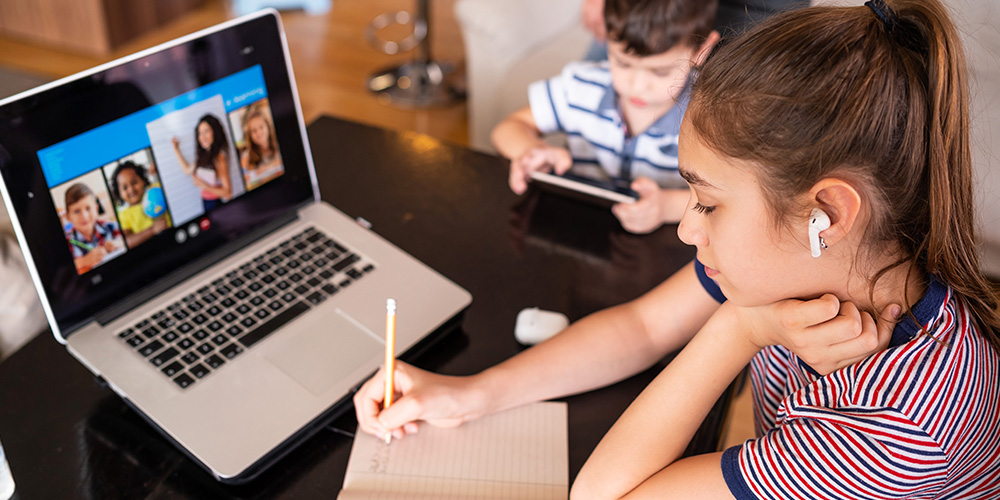Blog Article
Distance Learning Systems & Modernizing Education Technology

The education sector is now in unchartered waters, as schools across the globe prepare to re-open for the 2020-2021 year via distance learning. COVID-19 is ongoing, and at this point it’s still not clear what the coming months will bring.
Related: Is Your Remote Workforce Ready For Anything?
Unfortunately, the virus is just one challenge that schools are facing this year. On the first day of school for many students on the US East Coast, Zoom experienced mass outages--not a good sign for distance learners relying on their tools. We are also in the middle of an extremely active hurricane season, as Hurricane Laura recently demonstrated along the Gulf Coast. This year is shaping up to be one of the worst hurricane seasons on record — and it’s only August. And once hurricane season ends, many schools will have to deal with unpredictable winter weather, potentially bringing more school closures and outages for distance learning systems.
Related: Team Collaboration Solutions & What To Look For
On top of this, many school districts are faced with tighter budgets this year due to the pandemic, and need to cut costs — while at the same time ensuring a reliable and efficient experience for students and faculty members.
The above factors have heightened the need for digital transformation in the education sector, particularly with critical communications and distance learning systems.
Communications For Distance Learning Systems
Schools today need access to reliable communications technology. Distance learning systems will work smoothly if educational institutions keep these guidelines in mind:
Flexible Tools
Teachers need access to flexible communications services for staying in touch with other faculty members, parents, and students. The phone is just one tool that teachers will be relying on this year. We anticipate that in many areas, in-person parent teacher conferences will have to be replaced with video meetings. Teachers should also be able to text important messages to parents via SMS, keeping them in the loop with updates and information.
Related: Choosing Cost-effective Communications
Secure & Reliable Service
This is a top of mind requirement for many educators, but is also one of the most difficult to achieve. The right service provider will be able to provide faculty members with communications services regardless of their location. Phone systems should live in the cloud, providing administrators and teachers with ongoing service whether they’re working on-site or from home. Schools should also avoid using freemium video conferencing platforms that can be exploited by cybercriminals, and instead provide distance learning systems with secure communications portals that are fully encrypted and enhanced with the latest authentication measures.
Related: Remote Desktop Top Benefits
Remote Collaboration
The classroom environment has changed significantly, with many students now logging in from home. Students and faculty members require robust collaboration tools that allow them to communicate efficiently via voice, video, and text. Students also need an easy way to share documents and collaborate on projects. Remote collaboration tools such as video meetings, chat tools, and document sharing platforms offer seamless and intuitive user experiences that emulate the in-class interactive environment--even more so when these tools all come in a single platform!
Related: Why Your Business Needs Voice, Video & Collaboration Tools

